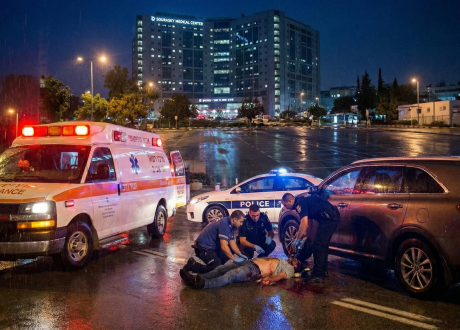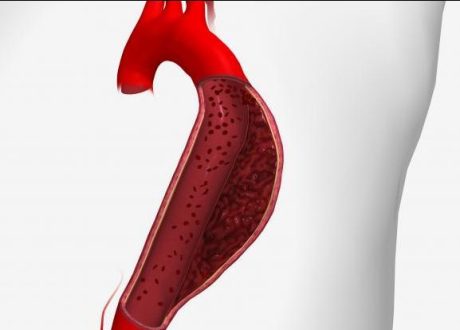מאמר שייפורסם החודש ב journal of emergency medicine נכתב ע״י החברים באיגוד על המצב והתגובות של מערכת הבריאות ב 7.10.2023
Baruch Berzon, MD1,2,# ∙ Debra West, MBBS3,# ∙ Eliana Jacobs4 ∙ Maximilian Nerlander, MBBS5,6 ∙ Shaden Salameh, MD, MHA7,8 Shaden.md@gmail.com ∙ Eran Talor, MD9 ∙ Tzachi Slutsky, MD10 ∙ Jonathan Rieck, MD11 ∙ Evan Avraham Alpert, MD4,8
Abstract 
Introduction
On October 7, 2023, approximately 2,500 Hamas terrorists infiltrated southern Israel from Gaza. Over 1,200 people were killed and 1600 were injured in the largest mass casualty incident (MCI) in Israel’s history. Emergency departments (EDs) throughout the country were overwhelmed with patients and working under missile fire. Injuries included high-velocity gunshot wounds, blast injuries, and burns. The objective of this article is to outline the lessons learned from the response of EDs in Israel to a large, multi-front MCI, in Israel known as a mega MCI, with a specific focus on the clinical care provided to patients in accordance with Israel’s National Hospital Disaster Preparedness Plan mandates.
Methods
This is a retrospective descriptive analysis of the implementation of Israel’s National Hospital Preparedness Plan to the events of October 7, 2023. The working group that performed this analysis are Israeli and international emergency physicians who are involved in disaster preparedness at either their hospital or on a national level. The study is based on institutional after-action reviews. Any data presented is from the Israel Ministry of Health.
Results
A total of 1632 victims from October 7 were seen at 19 EDs throughout the country from the morning of the mega MCI until midnight. The EDs of the Soroka Medical Center, and the Barzilai Medical Center saw the most patients- 624 and 323 respectively. Israel’s National Committee for Mass Casualty Incidents (NCMCI) sets comprehensive guidelines and supervises yearly mandatory comprehensive hospital-wide exercises related to MCIs. Based on this, the EDs were able to easily call in additional staff and critical patients were treated using a multidisciplinary approach. Additional patient care areas were opened. There were instances of compromised patient care due to large numbers of arriving patients. Also, there was a need for more secondary transfers.
Conclusion
Being the largest MCI in Israel’s history, October 7tested the performance of the 19 EDs involved. Overall, staffing was sufficient and additional patient care areas were successfully opened. However, there were issues of compromised care and the need for increased numbers of secondary transfers. These lessons are important for the future management of MCIs in Israel and worldwide.









